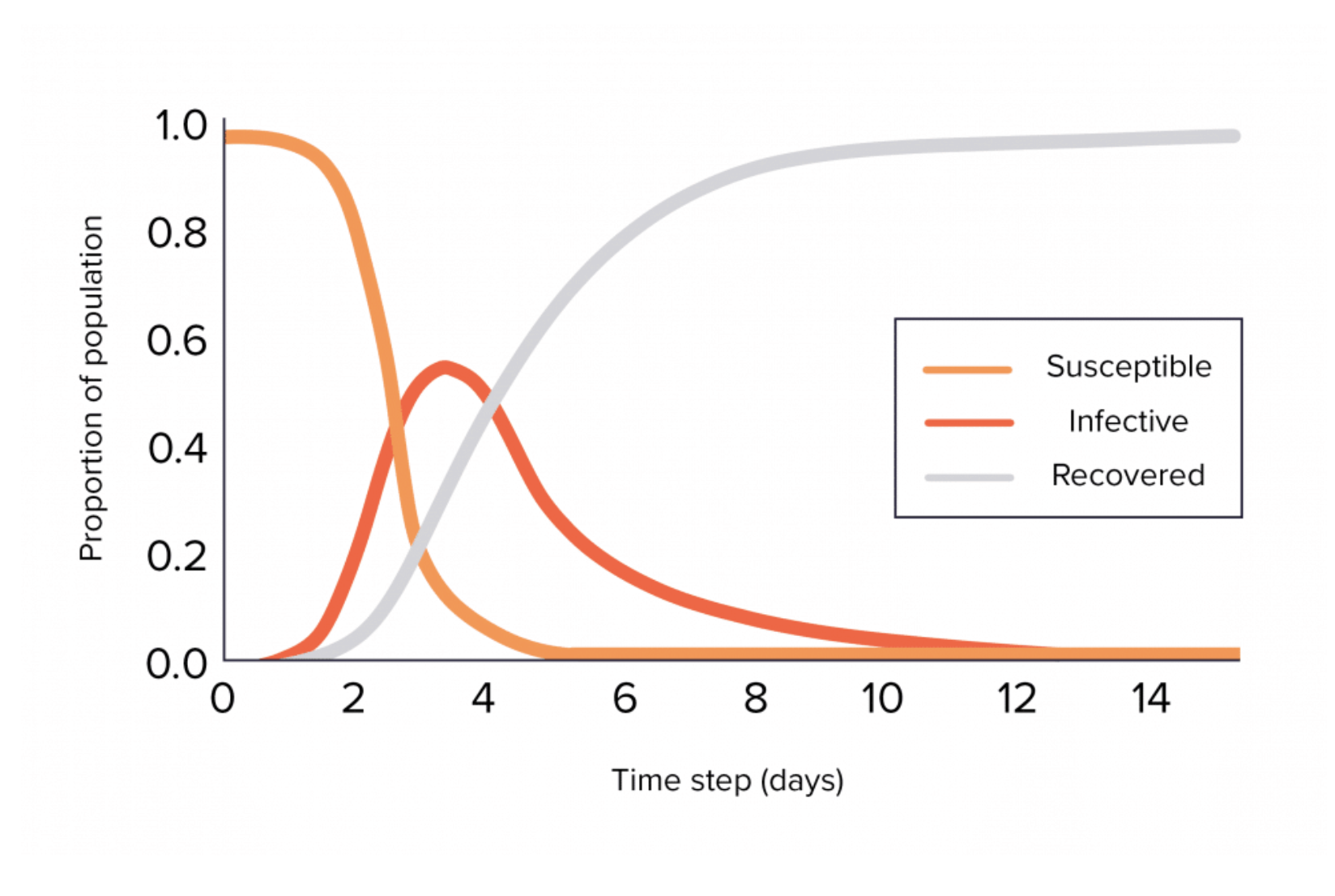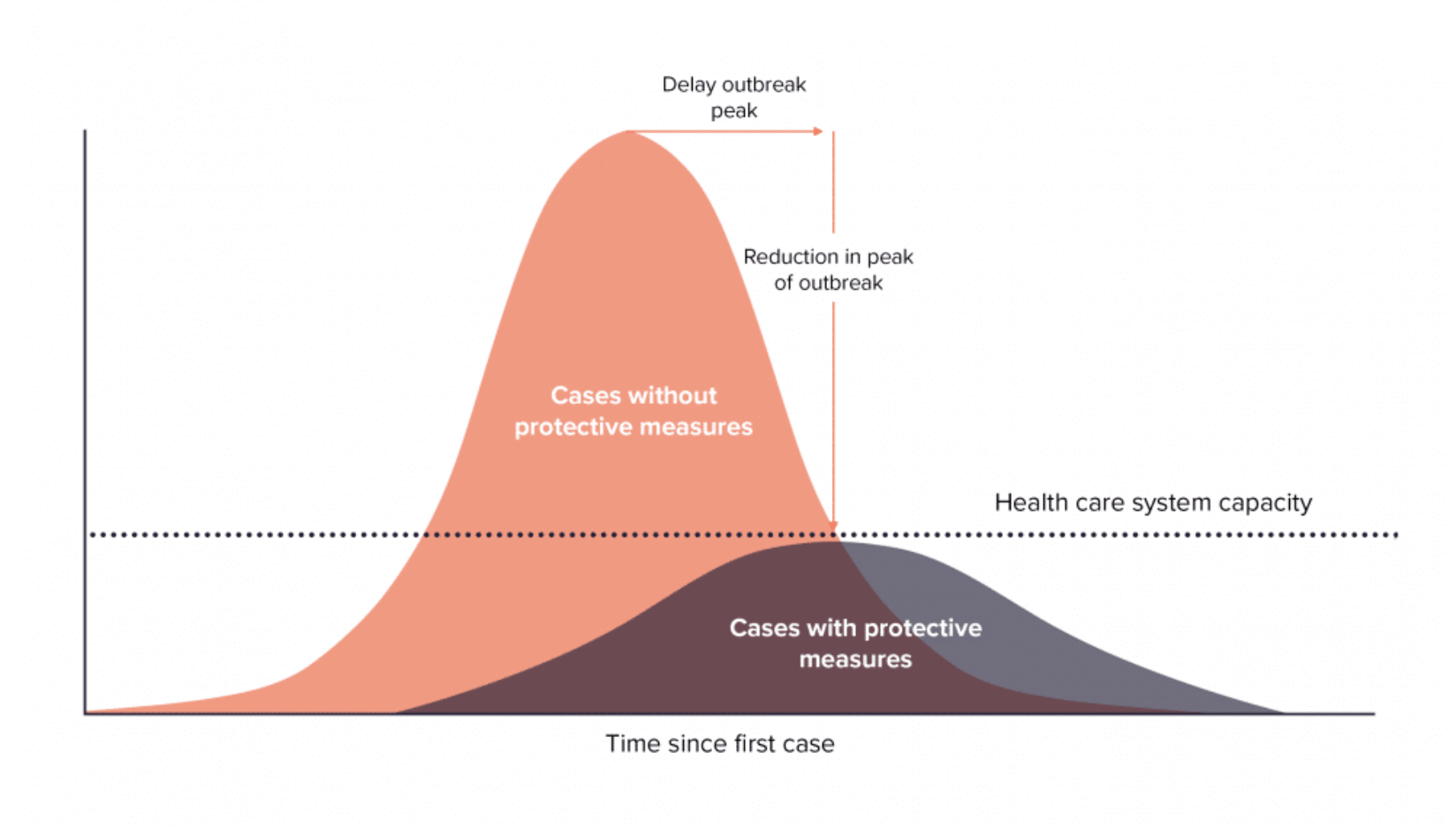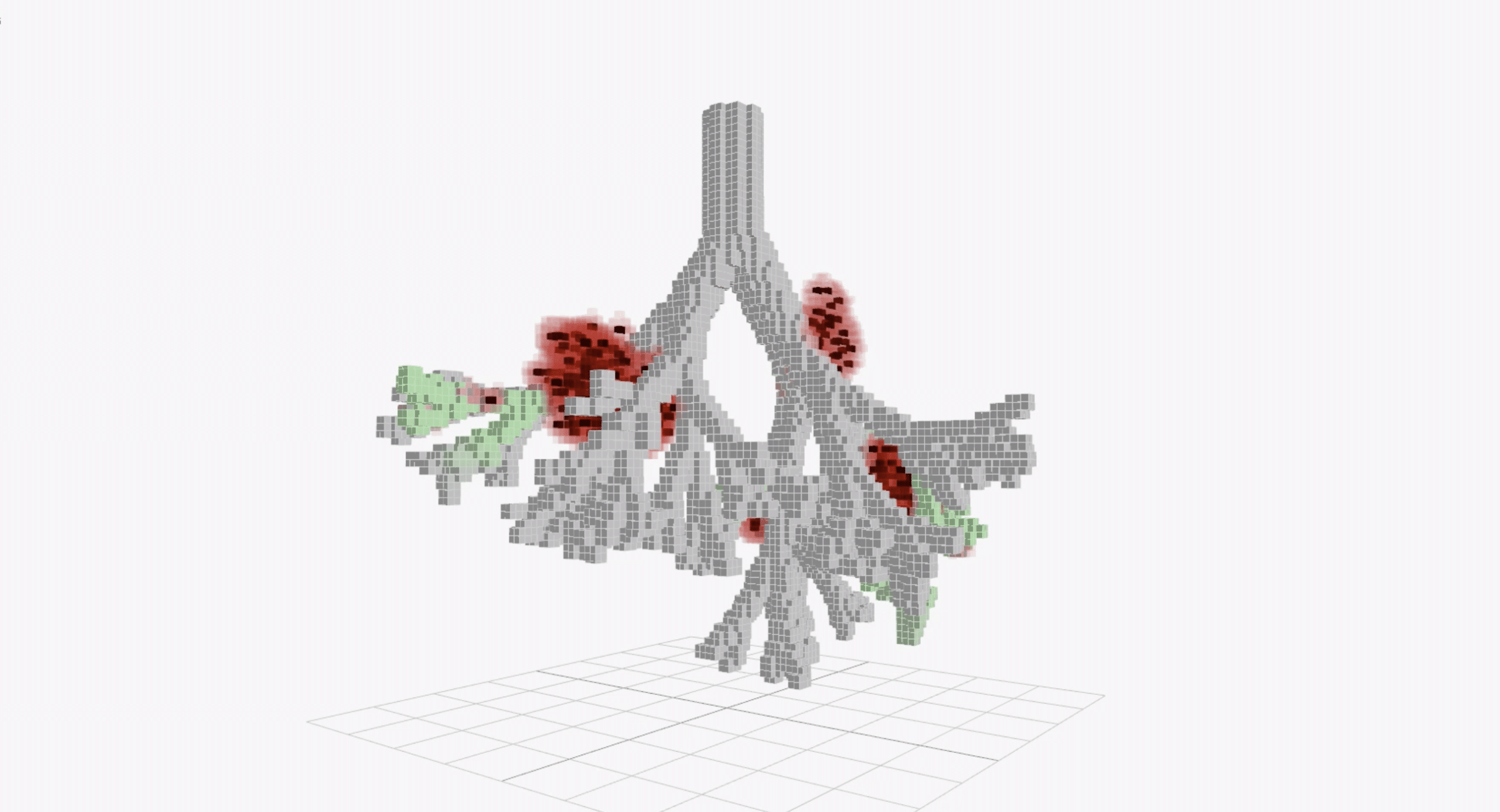In light of the recent pandemic, Hadean has been working in partnership with the Francis Crick institute to build epidemiological simulations to model Coronavirus. The project utilises Hadean Simulate (previously known as Aether Engine) to rapidly build massively scalable simulations, using the SIR model as a mathematical base, which can provide analysis on how Coronavirus affects our population.
This analysis has begun at the micro level, simulating how Coronavirus spreads within the cells of the lungs giving insights into how it affects our biology at the cellular level. Despite being within the micro physical scale the simulation has high computational fidelity with each cell being a single entity due to the high resolution of epidemiological simulations built on Hadean Simulate.
However, Hadean Simulate is now also being used to create a simulation on a macro scale; modelling the spread of infection between individuals.
To model Coronavirus on a macro scale we used the road and transport network within the UK, modelling each individual within the UK as an entity utilising the transport network.

The model uses the SIR model, which is crucial within epidemiology to calculate the theoretical number of people infected with a contagion over time.
The SIR model allows three states for an entity: susceptible to infection, infected and recovered, When an infected entity comes into contact with a susceptible entity then there is a possibility of infection.

This possibility of infection was based on the R number, by lowering this R number the risk of exponential spread of a contagion lessens. Using simulations and models governments can make analysis on the best time to put in place measures to lower the R number and therefore ‘flatten the curve’ of coronavirus. As ill-informed decisions can lead to higher death rates as the healthcare system is unable to deal with the larger number of patients infected.

The simulation can be scaled to simulate the movement of Coronavirus from person-to-person for the entire world. This is due to the ease with which Hadean Simulate can dynamically scale and reallocate computing resources as the simulation demands.
Within epidemiological simulations, there’s a significant need for scaling to be done rapidly, allowing quick decisions to be made by governing bodies which can allow for better outcomes in the face of disease.
We can also better understand how changing the R value can affect the rate an infection spreads within this simulation by using various visualisation methods such as this interactive graph which we discuss in greater detail in An Interactive Data Visualisation of Coronavirus (COVID-19) Transmission.
Linking Micro to Macro
Looking forward we hope to model personal factors as pre-existing health and drug regimes into the lungs simulation, since the micro simulation can use information about individual cells and their properties. This would give an idea of how long an individual is likely to be contagious for and their recovery time. This can then be factored into the macro simulation to give a more accurate representation of a virus spread through a biologically diverse population. Allowing for micro simulations to directly influence macro simulations would enable incredibly accurate epidemiological simulations to be made.

Building large and complex agent-based simulations traditionally requires a large amount of time and computing power. This meant that research and analysis within epidemiology was often bottle-necked by slow and inaccurate simulations. However with Hadean Simulate building large-scale simulations which are accurate is easy due to the ability to scale into the cloud with more coding needed from developers. Scientists can now focus on the science without the need for large numbers of developers supporting them.
